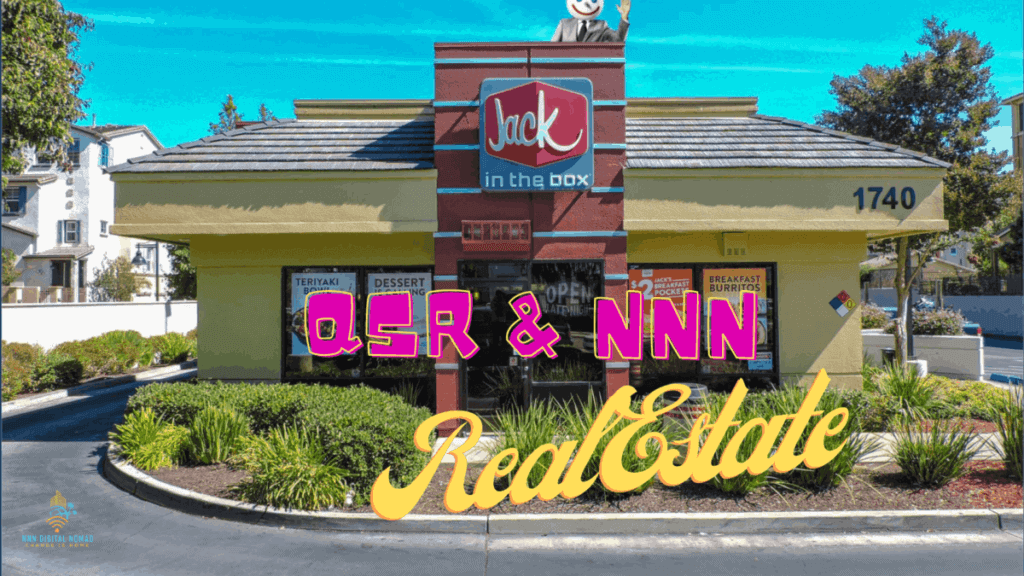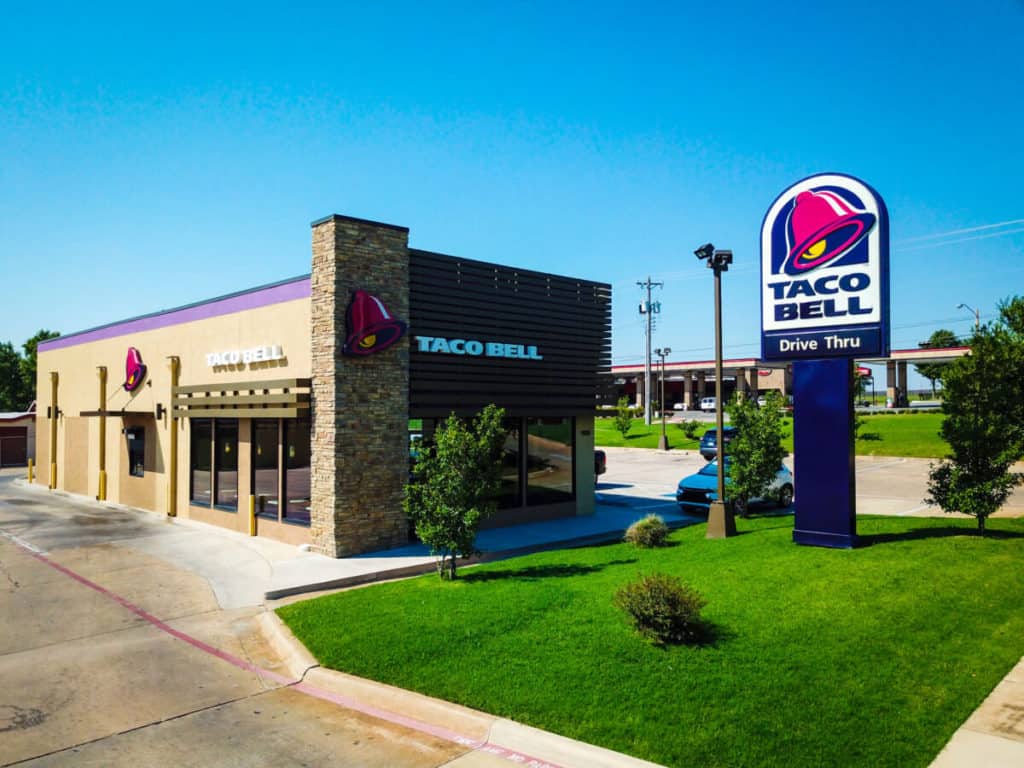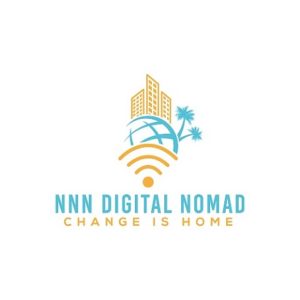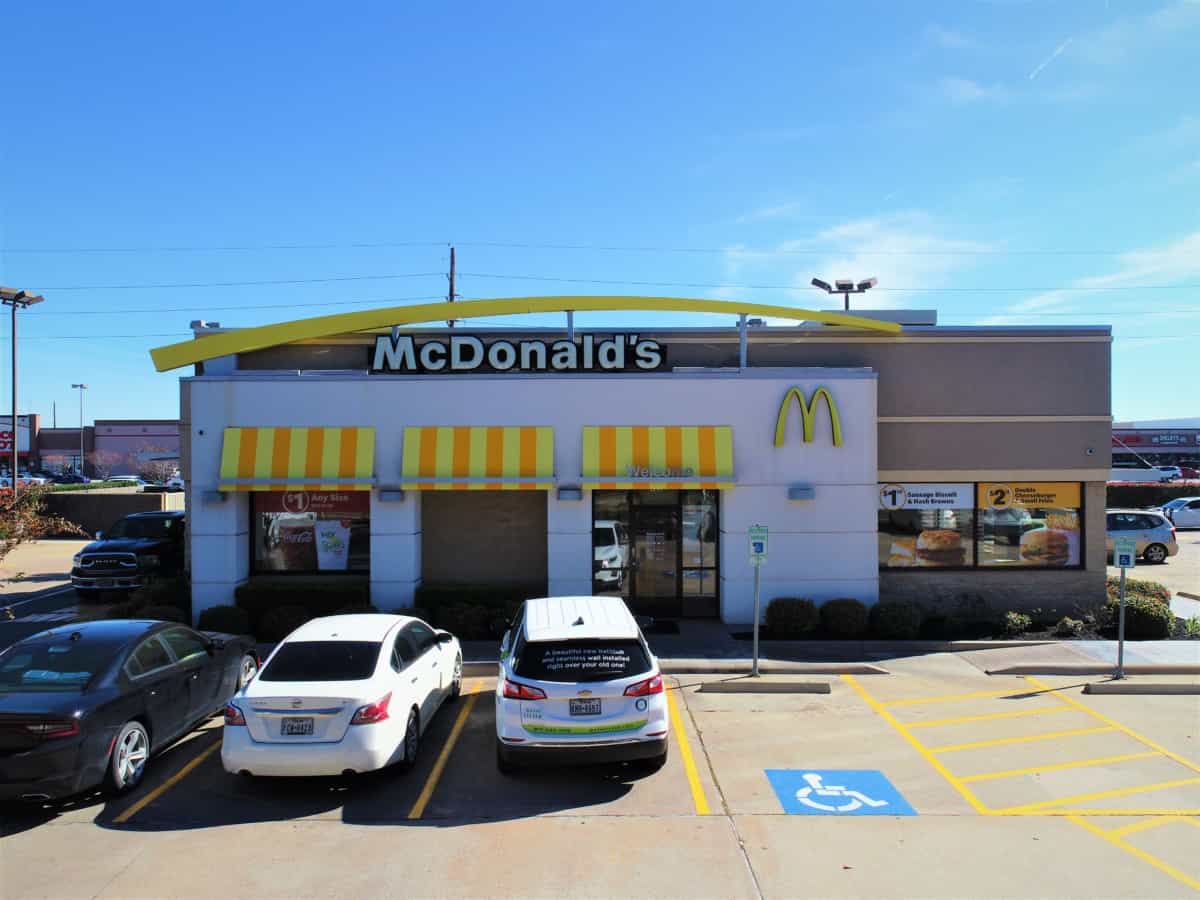
Why are investors flocking to Quick Service Restaurant (QSR) Real Estate?
QSR’s (aka fast food restaurants with drive thru’s) have proven themselves to be thriving economic engines, adapting to meet the shifting demands of the busy American people. Millions of Americans eat at fast-food restaurants every day, leading to billions of dollars in industry revenues. When it comes to big brand QSR’s such as McDonald’s, Starbucks, or Chick-Fil-A, they stand firm as secure net-lease investments because of their intrinsic real estate fundamentals, strong financials, and passive lease structures; which make them highly desired tenants.
What is a Net Lease Real Estate Investment?
There are three types of net lease investments: single-net, double-net, and triple-net. In this article, I will briefly talk about all three but will primarily focus on triple-net as it is the lease structure predominantly used in QSR net lease investments.
A net lease is defined in a commercial sense as a real estate lease wherein the lessee pays rent along with an additional expense such as property tax or operating costs.
(Bonus Nerd Points: if you read my article reviewing the differences between fee simple, leasehold, and ground lease types of net leased ownership)
Single Net Lease (N Lease)
A single-net lease, commonly called a Net lease. In this type of arrangement, the tenant would be responsible for the rent and the property tax on the building, while the owner would remain responsible for expenses such as insurance, upkeep, repairs, and all utilities. The landlord assumes a greater amount of risk with such an agreement so these investments are expected to yield higher CAP rates.
Double Net Lease (NN)
Double-net leases are also referred to as net-net or NN leases. Under this contract, the lessee pays the property taxes AND the insurance premiums.
Take for example a freestanding Starbucks drive-thru, which the tenant would be responsible for all costs associated with the building except the roof and building structure.
The rent payment itself is usually lower than a single net lease due to the added expenses the lessee pays in addition to the base rent amount. Any and all maintenance and upkeep of the roof and building structure fall directly to the lessor. The amount of risk associated with double-net leases is greater than triple-net though less than single-net.
Triple Net Lease (NNN)
This brings me to the last type of lease agreement, the triple-net lease. This is commonly referred to as NNN for short. With a NNN lease, everything from property tax, rent, insurance premiums, maintenance expenses, and structural repair costs fall to the tenant. As the landlord, you virtually have no responsibilities and are enjoying those direct deposit payments every month.
The base rent amount is generally lower with this kind of lease since the tenant also pays for all other associated expenses including roof and structure. Triple net leases are long-enduring leases, typically lasting for more than ten years plus several options to extend after the base term.
What Makes QSR NNN Real Estate Investing So Appealing?
The top QSR’s in the world have put up some very impressive numbers in terms of sales, and there are more than 200,000 quick-service restaurants in the United States alone. The revenue that was reported from the eight largest QSRs topped over $220 billion dollars.
Moreover, there are so many investment options to choose from. Looking at QSR segments in the market share, 30% of the market is taken by some sort of hamburger-centered restaurant, while pizza concepts take up 15%, sandwiches take 12%, chicken 8%, while Mexican-inspired is 7% but is quickly trending up. Here’s a list of the five largest restaurant companies in the world currently:
- McDonald’s
- Starbucks
- Yum! Brands (Taco Bell, KFC, Pizza Hut, The Habit)
- Restaurant Brands International (Burger King, Popeye’s, Tim Horton’s)
- Chipotle Mexican Grill
While some of the top restaurant companies are full-service dining (Darden Restaurants for example) the vast majority are quick-service restaurants. The marketplace is clamoring for the fast-food dining experience that is QSR. This makes quick service restaurant real estate especially appealing in any sort of economic downturn like the current pandemic sweeping the globe. A net lease restaurant provides an attractive environment from which investors can make a steady return on investment.

What Are The Risks Involved?
There are inherent risks in any sort of investment opportunity. However, QSR real estate remains a popular asset type when comparing risk vs. reward compared to other asset classes in the real estate industry. QSR NNN leases are oftentimes backed with strong tenant credit, landlord-favorable lease structures, and several price ranges to choose from.
When looking at the different risk profiles, you could find a corporate grade credit tenant that can trade around 3-4% cap rates. The higher risk/reward play would be investing in smaller franchisee credit tenants with nearly the same lease agreements but potentially doubling the returns around 6-8% cap rates.
If the current tenant were to ever vacate the building, these types of properties are generally re-tenanted much easier compared to other properties with odd layouts and tenant improvement requirements. Every investor should be aware of market rental rates in the event that their tenant vacates in the future.
Summary
Despite the turbulent economic landscape, there are many QSRs that have continued to turn a profit and remain in strong financial standing. I believe that education and exposure to triple net lease investments are important for any sound portfolio. The quick-service restaurant real estate concept has been viewed as a reliable income source in any market condition. Here is a book that I highly recommend all investors and brokers to read in regards to mastering triple net (NNN) investment properties.

Before you go, check out my list sharing the 7 Essential Books for Real Estate Investors


